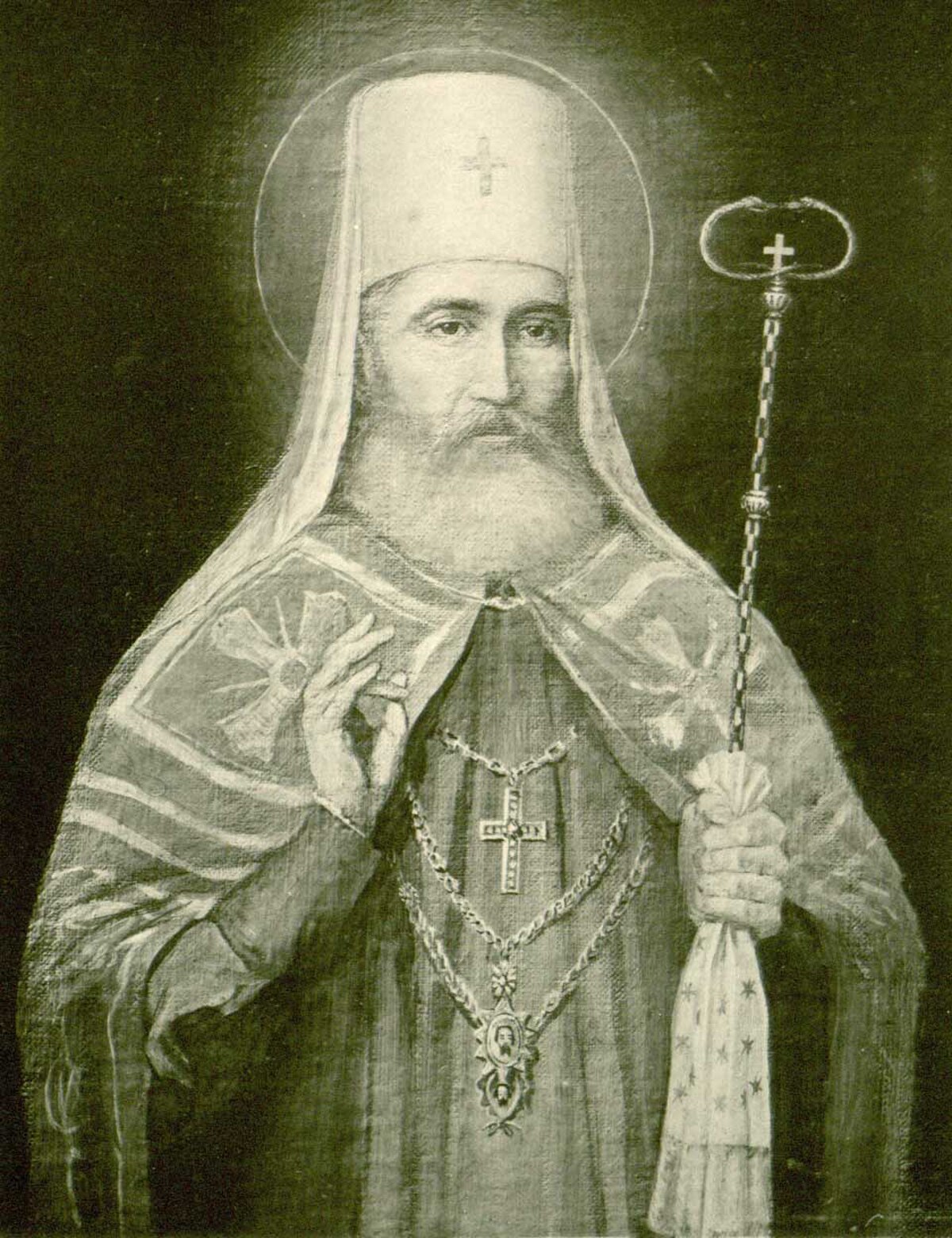
Petar I Petrović-Njegoš
Kotor, MontenegroAfter Šćepan's death, gubernadur (title created by Metropolitan Danilo to appease Venetians) Jovan Radonjić, with Venetian and Austrian help, tried to impose himself as the new ruler. However, after the death of Sava (1781), the Montenegrin chiefs chose archimandrite Petar Petrović, who was a nephew of Metropolitan Vasilije, as successor.
Petar I assumed the leadership of Montenegro at a very young age and during most difficult times. He ruled almost half a century, from 1782 to 1830. Petar I won many crucial victories against the Ottomans, including at Martinići and Krusi in 1796. With these victories, Petar I liberated and consolidated control over the Highlands (Brda) that had been the focus of constant warfare, and also strengthened bonds with the Bay of Kotor, and consequently the aim to expand into the southern Adriatic coast.
In 1806, as French Emperor Napoleon advanced toward the Bay of Kotor, Montenegro, aided by several Russian battalions and a fleet of Dmitry Senyavin, went to war against the invading French forces. Undefeated in Europe, Napoleon's army was however forced to withdraw after defeats at Cavtat and at Herceg-Novi. In 1807, the Russian–French treaty ceded the Bay to France. The peace lasted less than seven years; in 1813, the Montenegrin army, with ammunition support from Russia and Britain, liberated the Bay from the French. An assembly held in Dobrota resolved to unite the Bay of Kotor with Montenegro. But at the Congress of Vienna, with Russian consent, the Bay was instead granted to Austria. In 1820, to the north of Montenegro, the Morača tribe won a major battle against an Ottoman force from Bosnia.
During his long rule, Petar strengthened the state by uniting the often quarreling tribes, consolidating his control over Montenegrin lands, and introducing the first laws in Montenegro. He had unquestioned moral authority strengthened by his military successes. His rule prepared Montenegro for the subsequent introduction of modern institutions of the state: taxes, schools and larger commercial enterprises. When he died, he was by popular sentiment proclaimed a saint.
Ask Herodotus
HistoryMaps Shop

Heroes of the American Revolution Painting
Explore the rich history of the American Revolution through this captivating painting of the Continental Army. Perfect for history enthusiasts and art collectors, this piece brings to life the bravery and struggles of early American soldiers.








